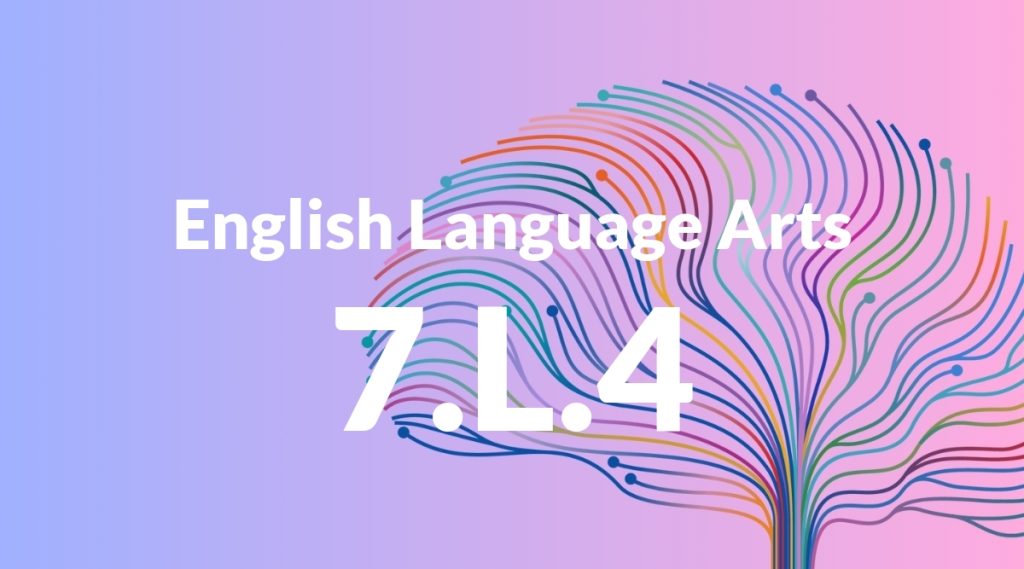Standard: 7.L.4 – Determine or clarify the meaning of unknown and multiple-meaning words and phrases based on grade 7 reading and content, choosing flexibly from a range of strategies.
Grade level: Grade 7
Subject: English Language Arts
Domain: Language
Teacher Overview
This standard focuses on helping students determine or clarify the meaning of unknown and multiple-meaning words and phrases using various strategies. This is crucial for enhancing vocabulary, improving comprehension, and preparing students for more advanced texts. Students should know how to use context clues and reference materials like dictionaries and thesauruses to understand word meanings.
Mastering this standard will enable students to tackle more complex texts and enhance their overall reading comprehension and vocabulary.
Common Misconception 1
A common misconception is that words have only one meaning. This is incorrect because many words have multiple meanings that change based on context.
Intervention 1
Use context-rich sentences and ask students to infer meanings, then verify using a dictionary.
Common Misconception 2
Another misconception is that words with multiple meanings are used similarly across contexts. This is incorrect because context can significantly alter a word’s meaning.
Intervention 2
Provide diverse examples of a word in different contexts and discuss how its meaning changes.
Prerequisite Knowledge
Students should have a basic understanding of context clues, synonyms, antonyms, and the ability to use a dictionary or thesaurus.
Subsequent Knowledge
Students will develop the ability to understand complex texts, enhance their vocabulary, and improve their reading comprehension skills in various subjects.
Instructional Activities
- Context Clue Challenge: Provide sentences with unknown words and have students infer meanings.
- Multiple-Meaning Word Maps: Create visual maps showing different meanings of a word in various contexts.
- Vocabulary Journals: Students keep a journal of new words and their meanings as encountered in readings.
- Role-Playing: Students use multiple-meaning words in different scenarios to understand context-based meanings.
- Group Discussions: Analyze texts in groups to discuss and clarify word meanings.




